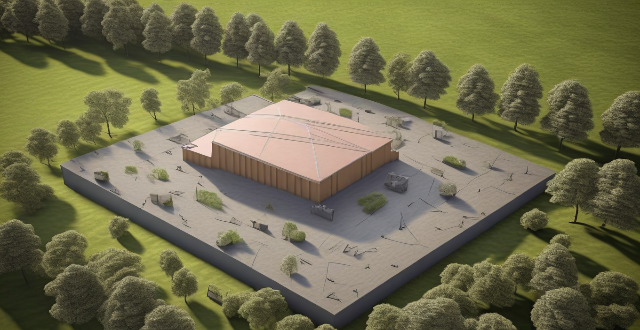The typical communication base station, also known as aThe typical communication base station, also known as a specific geographic area with wireless The range of a base station can vary based on the type of technology used, the height and location of the tower, and the surrounding environment. Different technologies have different range capabilities, with newer ones like 4G and 5G offering greater coverage and capacity than older technologies like 2G. Tower height and location also play a significant role in determining its range, with taller towers covering wider areas and being less affected by signal blockage. The surrounding environment, including urban or rural areas, can impact the range of a base station. The typical range of a base station can be from a few hundred meters to several kilometers, with practical ranges often being smaller due to interference and other factors. Network operators may use multiple base stations and other techniques to optimize coverage and capacity within their service areas.

Range of a Typical Communication Base Station
A typical communication base station, also known as a cell tower, is designed to cover a specific geographic area with wireless signals. The range of a base station can vary depending on several factors, such as the type of technology used, the height and location of the tower, and the surrounding environment.
Factors Affecting Range
Type of Technology
Different wireless technologies have different range capabilities. For example, older technologies like 2G have a shorter range compared to newer technologies like 4G and 5G. This is because newer technologies use more advanced signal processing techniques and higher frequency bands, which allow for greater coverage and capacity.
Tower Height and Location
The height and location of the tower play a significant role in determining its range. Taller towers generally have a wider coverage area than shorter ones, as they can transmit signals over greater distances. Additionally, the location of the tower relative to buildings and other obstacles can affect its range. If the tower is surrounded by tall buildings or mountains, it may have a limited range due to signal blockage.
Surrounding Environment
The surrounding environment can also impact the range of a base station. For example, urban areas with dense populations and numerous buildings may require more base stations to provide adequate coverage. In contrast, rural areas with fewer obstacles may require fewer base stations to cover a larger area.
Typical Range Values
The range of a typical communication base station can vary between a few hundred meters to several kilometers. Here are some approximate range values for different types of base stations:
- 2G (GSM): Typically has a range of up to 35 kilometers (22 miles) under ideal conditions. However, in practice, the effective range is often much smaller due to signal interference and other factors.
- 3G (UMTS/CDMA): Generally has a range of up to 10 kilometers (6 miles) under ideal conditions, but again, practical ranges are usually smaller.
- 4G (LTE): Can have a range of up to 10 kilometers (6 miles) under ideal conditions, but practical ranges are typically around 1-2 kilometers (0.6-1.2 miles) in urban areas and up to 5 kilometers (3 miles) in rural areas.
- 5G: Currently being deployed, 5G is expected to have similar range capabilities as 4G but with improved capacity and speed.
It's important to note that these range values are approximate and can vary significantly depending on the factors mentioned above. Additionally, network operators may use multiple base stations and other techniques to optimize coverage and capacity within their service areas.